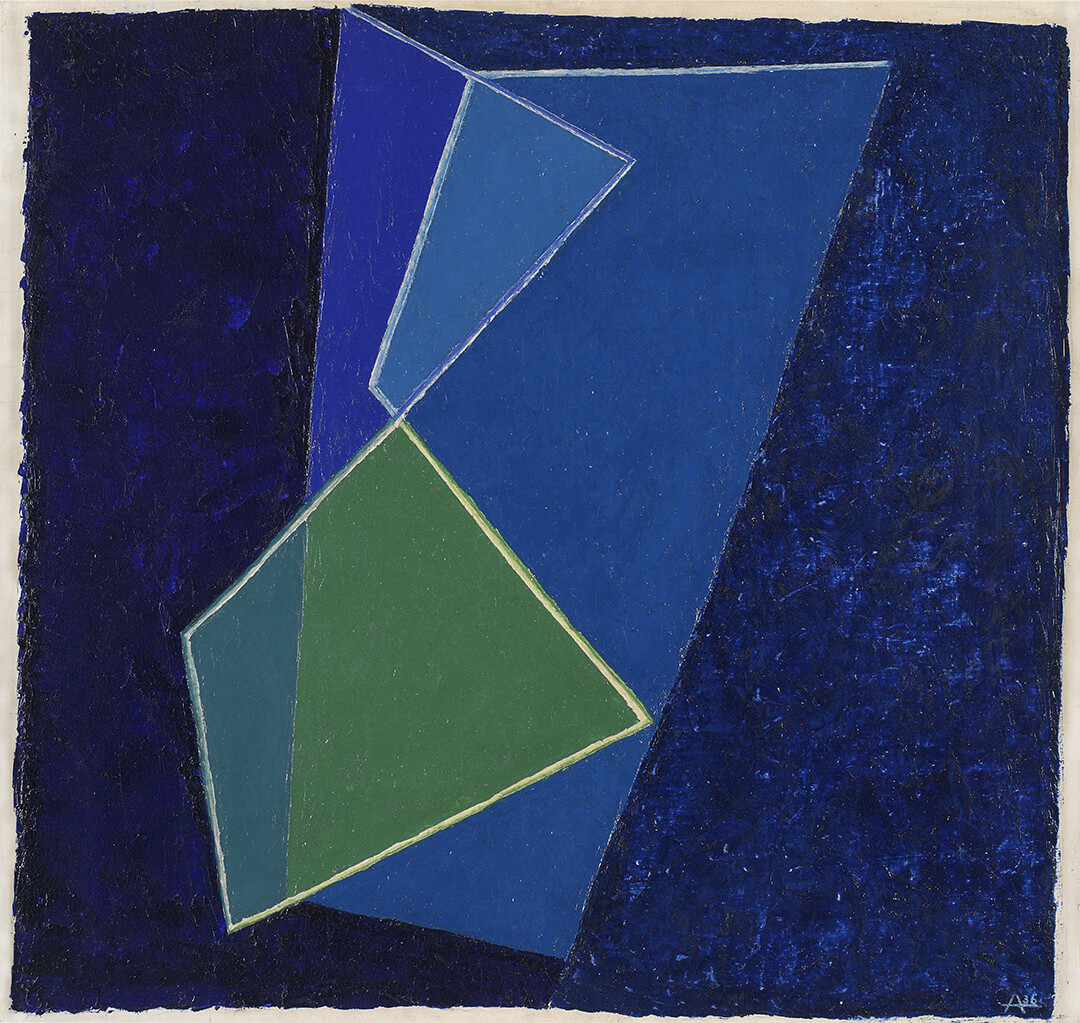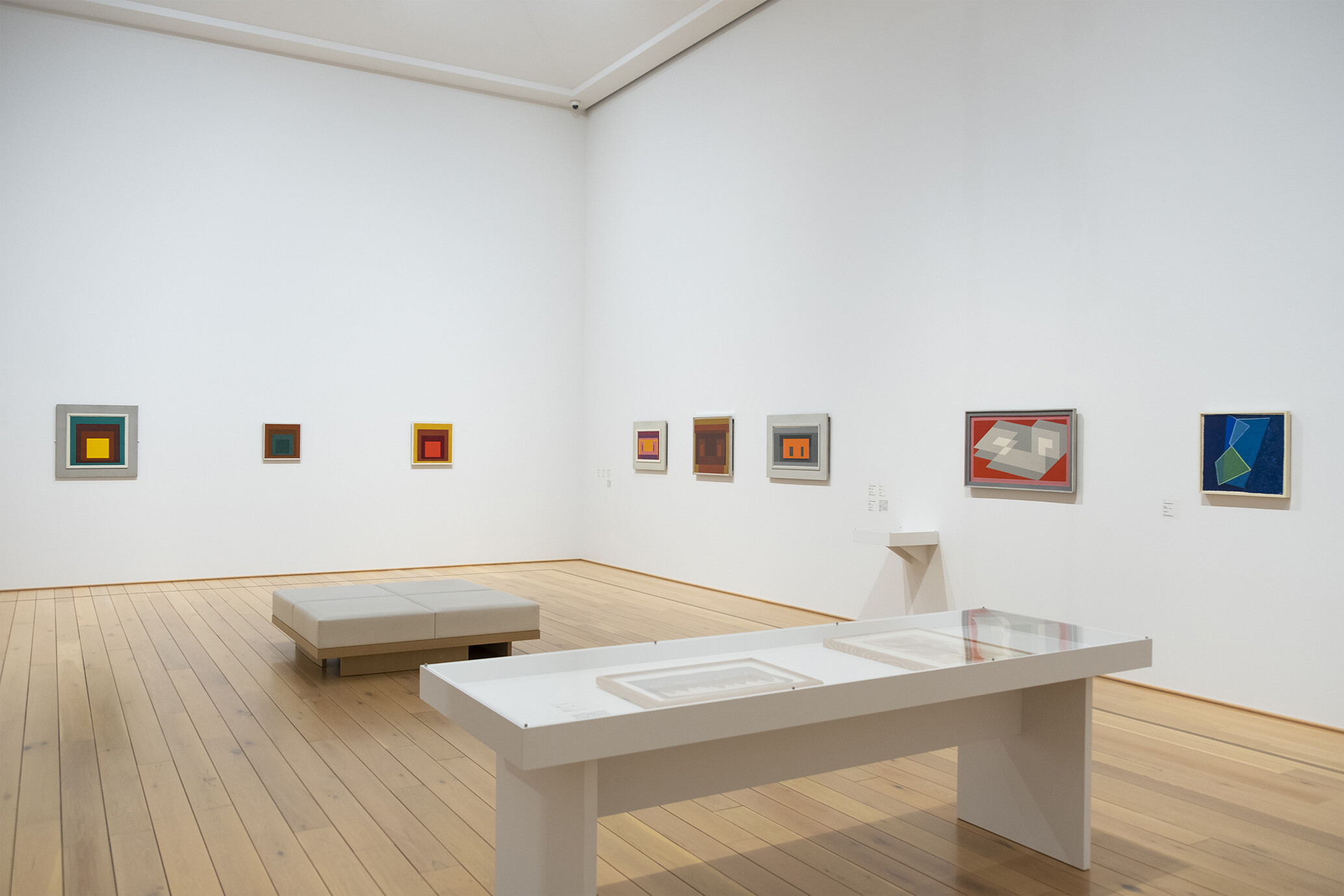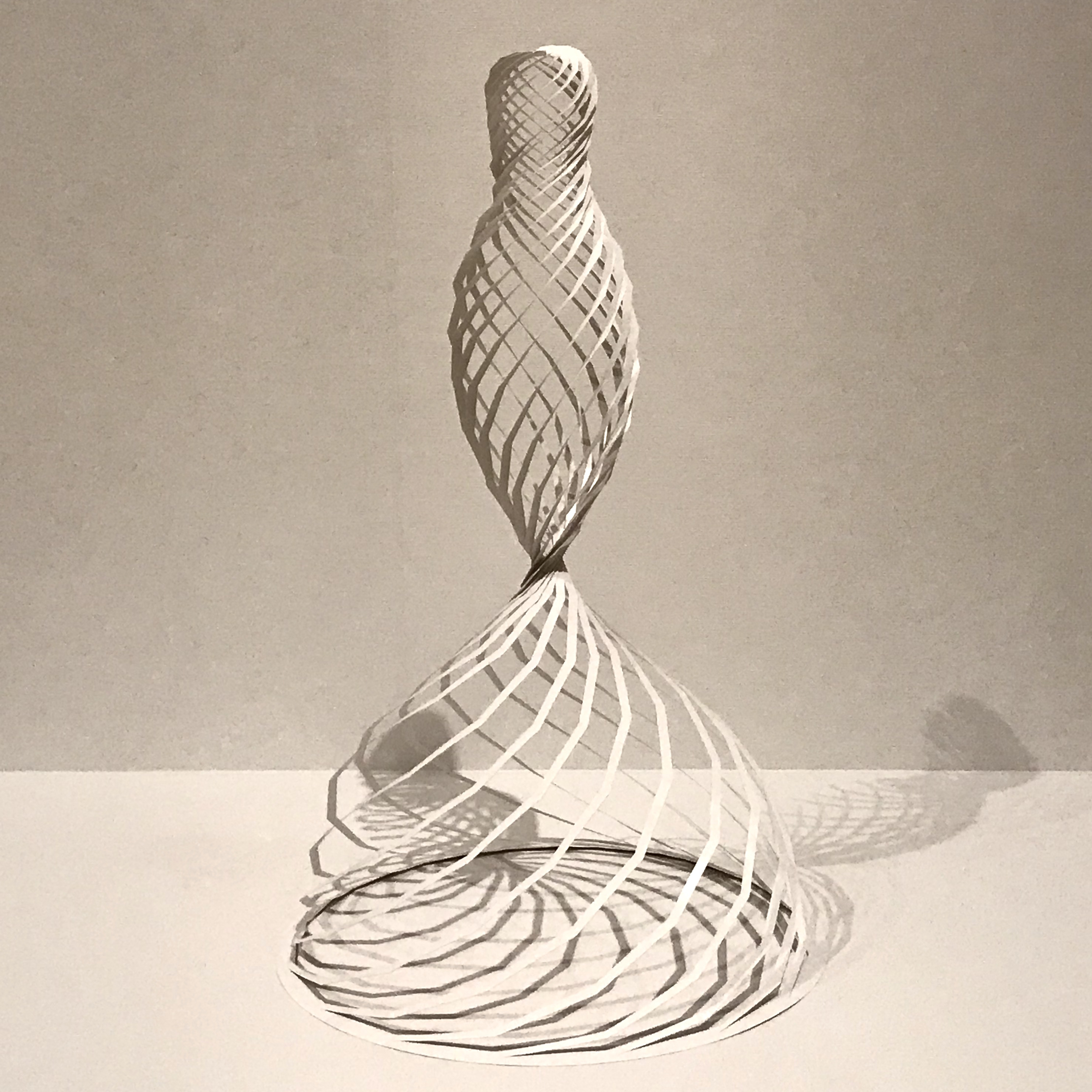JOSEF ALBERS: PEDAGOGICAL EXPERIMENTS
HAPPENINGText: Alma Reyes
The Bauhaus school, founded by architect Walter Gropius in Weimar, Germany in 1919, was one of the most influential educational foundations of modern design, architecture, and arts and crafts. Highly esteemed designers, architects and artists, such as Ludwig Mies van der Rohe, Marcel Breuer, Paul Klee, Wassily Kandinsky, László Moholy-Nagy, and many others have been either students or teachers at this prestigious institution. Joining the circle is the erudite artist and educator Josef Albers, who was substantially accredited with formulating profound theories in color, form and materials.

Josef Albers, Prismatic II, 1936, The Josef and Anni Albers Foundation © The Josef and Anni Albers Foundation / JASPAR, Tokyo, 2023 G3217 Photo: Tim Nighswander/Imaging4Art
Kawamura Memorial DIC Museum of Art in Chiba is presenting the very first retrospective of Albers in Japan in “Josef Albers: Pedagogical Experiments” until November 5th this year. Approximately 100 works by Albers and related documents are displayed with the cooperation of Josef and Anni Albers Foundation. These include paintings, photographs, and 3D models that profile Albers as a calculative artist and educator who instructed students strictly to analyze and perceive color as a “shifting phenomenon,” capable of interactive functions.

Josef Albers: Pedagogical Experiments gallery view, © The Josef and Anni Albers Foundation
The first part of the exhibition dwells on Albers’ academic life at the Bauhaus where he was a student from 1920, instructor from 1922, and full professor from 1925. Previous to the Bauhaus, he worked as a school teacher in his hometown in Westphalia, Germany, and trained as an art teacher in Berlin. His early pedagogical background, therefore, laid the foundation for his disciplinary nature both in designing and teaching.

Material study with paper, Bauhaus [reproduced in 2019 by Takehiko Mizutani’s drawing], MISAWA HOMES CO., LTD., Photo: Alma Reyes
Albers stressed the importance of form-making using simple materials, understanding their qualities of intensity, surface texture and function. Paper-folding was one of his known experimental courses at the Bauhaus, which allowed his students to explore the dynamics of folding, cutting, pasting, and molding intricate forms at economical cost. The paper model Material study with paper, Bauhaus exemplifies this exercise of paper twisting and cutting, resulting in a spiral tower. The elegant silhouette also provides strength and weight to the structure. Albers’ philosophical approach emphasized maximum effect from minimum materials.
Read more ...




